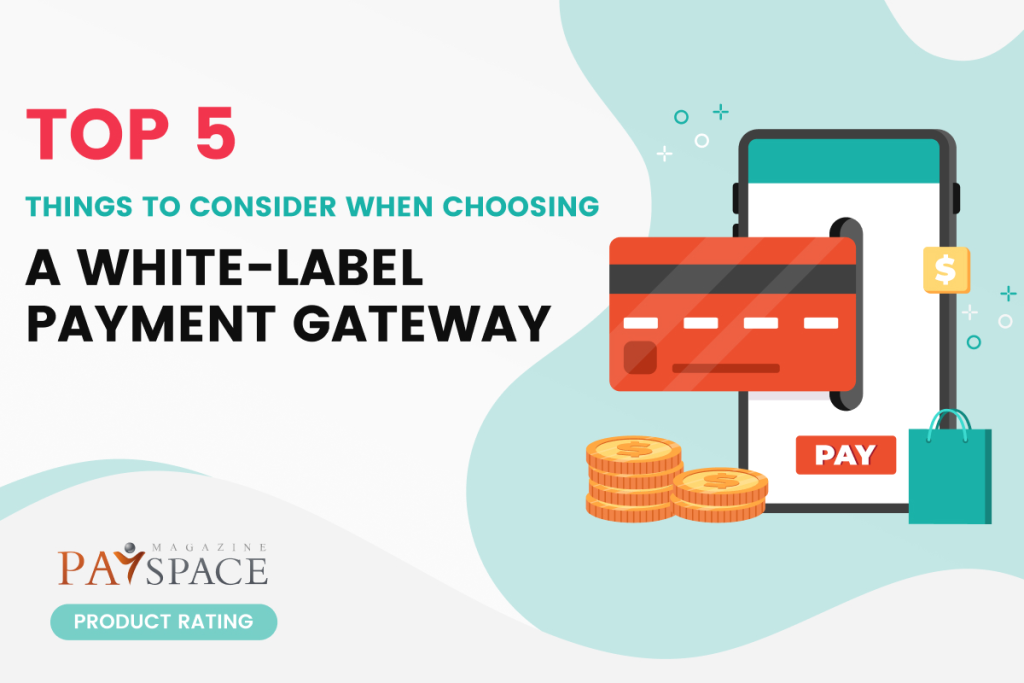White Label Payment Processing: A Comprehensive Overview
A white tag payment model is a financial technology option that empowers businesses to provide branded payment services without the necessity to develop the underlying infrastructure from scratch. In essence, it enables companies to utilize a pre-built, customizable cost handling software below their own brand. This approach significantly decreases the full time and sources necessary to start payment companies, enabling corporations to focus on the primary competencies while giving an easy economic experience for their customers.
One of many major benefits of a white tag cost model is its versatility. It suits a wide selection of firms, from startups to established enterprises, providing a scalable alternative that changes to various deal quantities and business needs. This flexibility enables organizations to implement cost running solutions designed with their particular business and customer base.
Customization is a critical function that distinguishes bright brand cost processors. Corporations can integrate their marketing things, such as for instance images and color systems, in to the consumer interface, creating a natural and branded cost experience. That not merely enhances brand acceptance but also fosters trust among consumers who enjoy a consistent and familiar software during the payment process.
Still another crucial facet of bright tag cost processors could be the comprehensive room of functions they offer. From cost gateways and mobile payment methods to fraud recognition and confirming tools, firms may entry a strong set of functionalities minus the difficulties of building and maintaining such capabilities in-house. This width of features ensures that firms can meet with the diverse wants of their consumers in the quickly changing landscape of electronic payments.
Integration is smooth with bright label payment processors, allowing companies to introduce cost functionalities immediately to their current systems, websites, or cellular applications. That structured integration promotes consumer experience and diminishes disruptions to the customer journey. More over, white label alternatives frequently support many different cost strategies, including bank cards, electronic wallets, and option cost alternatives, ensuring companies can cater to a wide customer base.
The cost-effectiveness of white brand cost processors is a persuasive factor for firms seeking to enter the payment handling space. By avoiding the large growth and preservation charges connected with building an in-house cost process, firms may spend resources more effectively, white label payment processor marketing, customer purchase, and company expansion.
Risk administration and safety are paramount in the economic sector, and bright name payment processors prioritize these aspects. These alternatives on average stick to market requirements and submission demands, ensuring that firms and their clients are secured against fraud and data breaches. This responsibility to security is vital for developing and maintaining rely upon the aggressive payment processing landscape.

In conclusion, bright label payment processors represent a proper answer for businesses seeking to capitalize on the rising need for digital cost services. By leveraging these tools, firms may expedite their entry to the economic technology field, identify their company, and give consumers with an easy, protected, and completely printed payment experience. While the digital economy continues to evolve, bright label payment processors offer a pathway for businesses to remain aggressive and impressive in the active world of economic services.